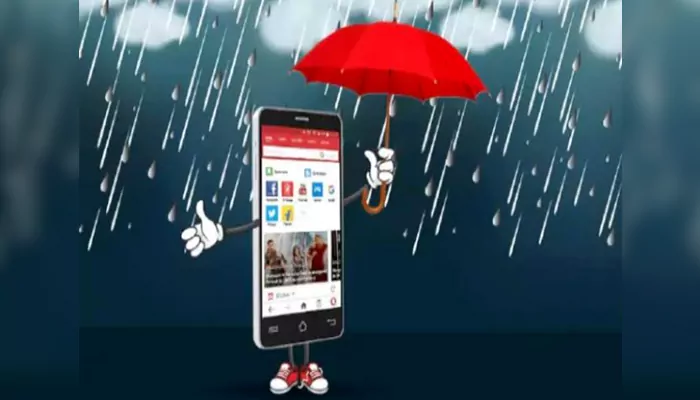Defend Your Digital World: Outsmart Cyber Threats with These Essential Tips
- Soham Halder
- 1 year ago
- 5 minutes read

Cyberattacks and data breaches have witnessed a troubling surge worldwide.
Nobody wants their extremely personal data to come out on public, but data breaching has made access to such sensitive information bringing a lot of threats to civic life. Between January to April 2024, Indians suffered losses over Rs 1,750 crore due to cyberfraud. There has been a significant rise in cybercrime in last five years. As per government data, reported cybercrime cases have increased from 26,049 (2019) to 740,957 (in first four months of 2024). Therefore, the question lies on how to stay protected? During this cybersecurity awareness month (October), let's follow some crucial tips to safeguard your data.
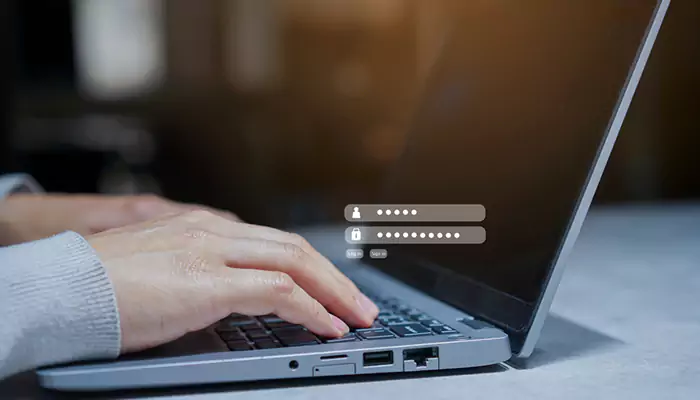
Use Strong Passwords:
Securing every devices and online accounts with passwords is one of the most important ways to keep own data safe. Unfortunately, People try to keep weak passwords like ‘12345’ or ‘password’ so that they can be remembered for a long time. Hackers, nowadays use some of the most advanced techniques to easily crack passwords in seconds.
The strongest passwords must contain at least 8 characters with a mixture of lowercase and uppercase letters, numbers as well as special characters. Different profiles should be protected with a brand new combination so that you don't have repeating passwords, especially for sensitive work-related accounts. Avoid using children’s names, address, or even dates of birth.
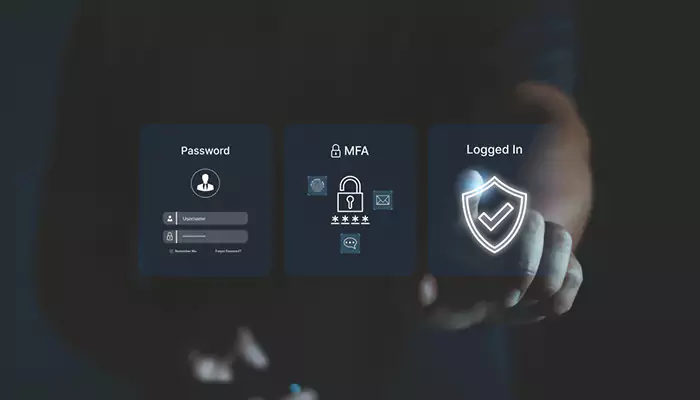
Establish Multi-Factor Authentication (MFA):
Two-factor authentication needs two separate verification methods while trying to log in to accounts. In Multi-Factor Authentication (MFA), the first step of authentication is through using a correct password, whereas the second can be depending on the platform. You may also be asked to provide different email address or a phone number where the access code or One-time password is delivered.

Verify the Email/Message Sender before Clicking on Links:
Phishing is one of the most famous scamming methods used nowadays to steal vulnerable information like gathering any company’s data. Hackers usually create generic messages implementing scare or threat tactics to encourage users to click on a specific link or even download any attached file. If you find any lucrative offer or deal, avoid clicking on the link immediately. Remember, hackers can infiltrate your most sensitive information as soon as you click those vulnerable links. As per recent reports, "There are over 3.4 billion phishing emails sent out every day."
You must watch out for grammatical mistakes, unusual requests, odd spelling, or any click-bait links that sound too good to be true. Do check carefully every letter in the email address.

Connect to Secure WiFi Networks Only:
Do not connect to an unsecured WiFi network in public place. Any hackers can intercept public networks easily and break into every device connected to them. This increases the risk of malwares, like worms and viruses, performing a Man-in-the-Middle (MitM) attack, and so on.
Other Key Steps to Follow:
While working, you must turn on your firewall to check incoming traffic as even a small weakness in device can lead to data breaching. It's always suggested to install proper Antivirus Software. It will search for malware by scanning and if found, it will promptly remove the threat. Always create seperate backups of your whole system. Many experts also suggest to have web filtering services to stop automatic uploads.
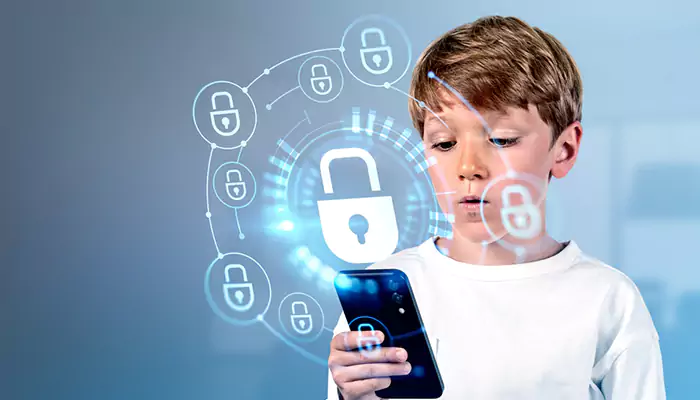
Cybersecurity for Kids:
Today, educating kids about online safety is important, especially when they start navigating smartphones. It includes protecting personal information, avoiding online predators and ultimately becoming responsible digital citizens. Kids love games, help them indulge in interactive games about password strength and recognizing phishing attempts.
Show them how to set strong passwords and differentiate between safe and unsafe websites. As parents, use parental control software to set boundaries on screen time. But, don't spy on them, just guide them. Emphasize on the importance of not sharing any personal information with strangers online and educate them about cyberbullying. By planting essential lessons, we can our kids thrive safely in the digital age. Cybersecurity for kids is not only about protecting them from cyber threats but also empowering them to make wise decisions in this digital era. Let's pledge to provide the tech-savvy next generation with the tools they need to stay safe online.
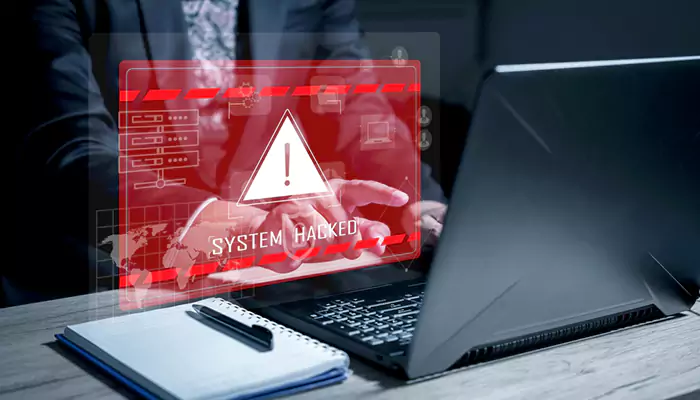
Suggestions and Steps taken by DoT:
The Department of Telecommunication (DoT) has launched some new tools to identify fraudulent calls. The Department of Telecommunications has “allocated a separate 10-digit number series starting with 160 for marketing and service calls. The new number series will be issued in the format 1600ABCXXX for the government and regulators. The ‘AB’ will represent the code of the telecom circle, with 11 for Delhi and 22 for Mumbai. The digit ‘C’ will represent the code of the telecom service provider while ‘XXX’ will be a number between 000-999,” officials from DoT mentioned.
In 2024, DoT has already blacklisted at least 73 SMS headers and 1,522 content templates linked to fraudulent messages. In collaboration with the Ministry of Home Affairs (MHA), the DoT has taken decisive action through the Sanchar Saathi initiative to prevent SMS fraud.
For more details about cybersecurity awareness, follow Cyber4Youth campaign website: https://www.cyberpeace.org/initiatives/cyber-safety-awareness-resource-centre
Always remember that, cyber attackers keep on altering and improving their techniques to breach your protection. Thus, you need to stay up-to-date on all security policies as well as the newest cyber security methods.

